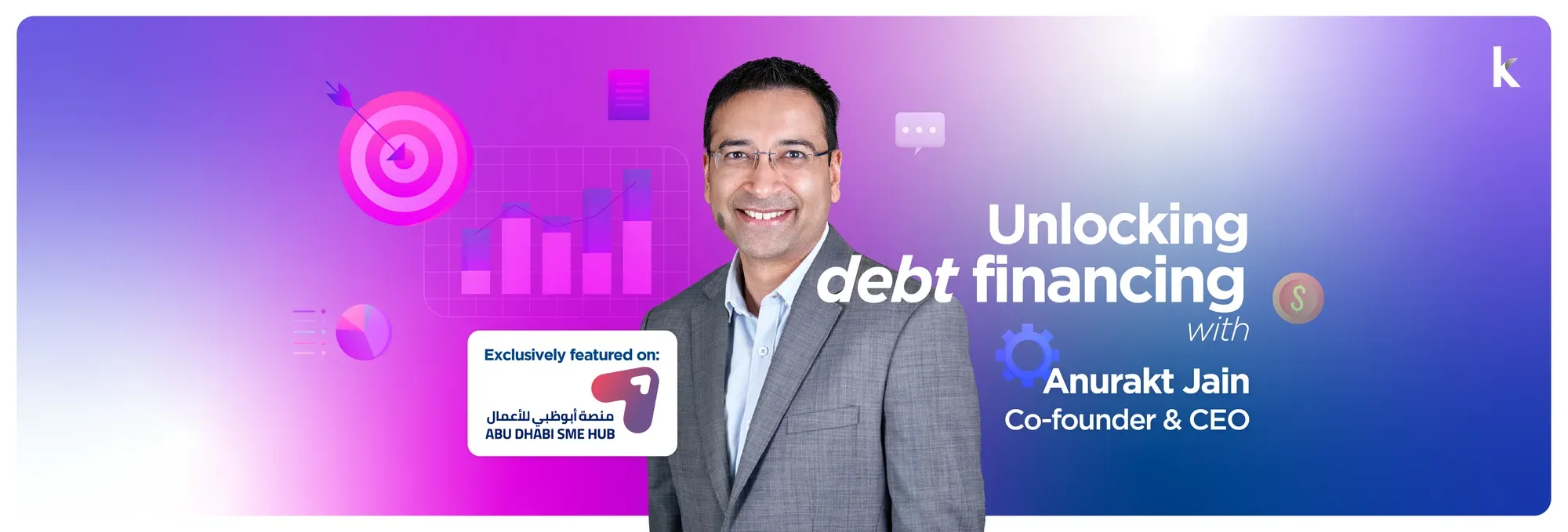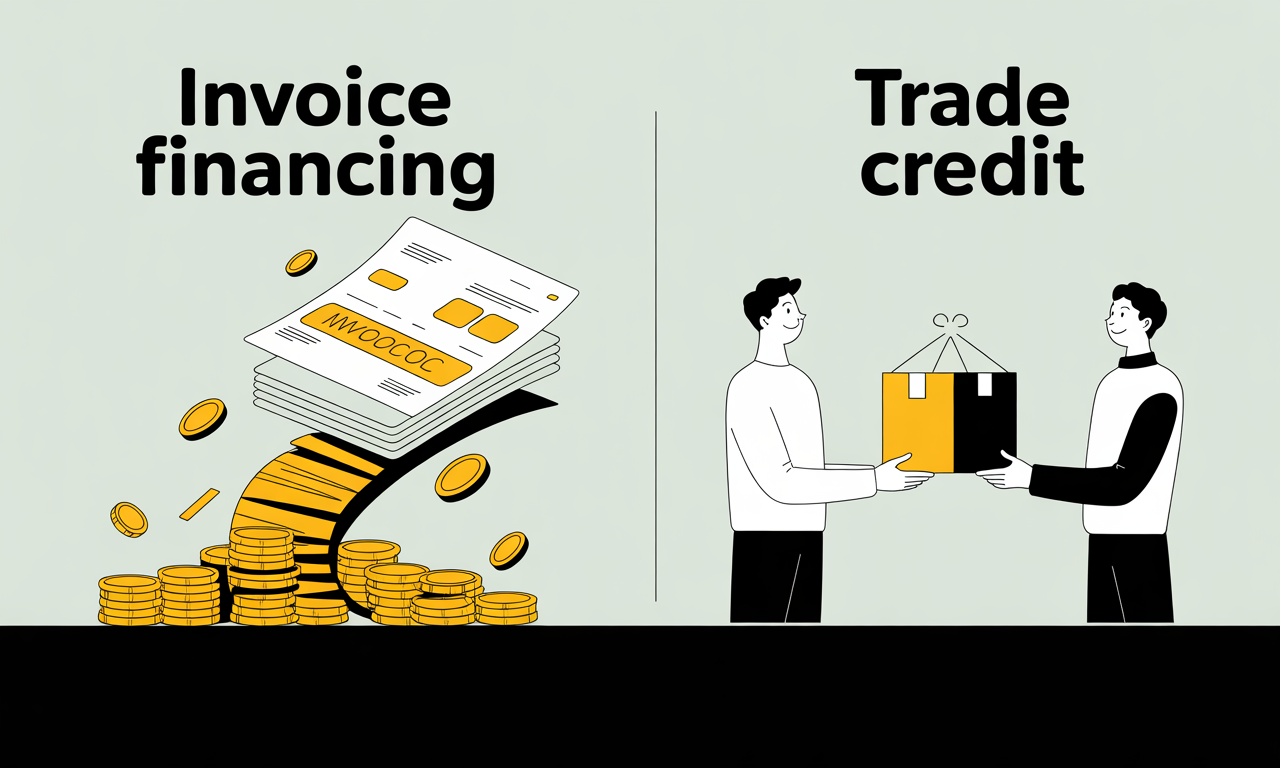
Unlocking Debt: The Growth Lever for SMEs & Startups in the Middle East
Fri May 03 2024
3 min read
As the beating heart of the UAE’s economy, small and medium enterprises (SMEs) and startups play a pivotal role in driving innovation, creating jobs, and fuelling economic growth. With 60% of the country’s non-oil GDP directly attributed to these industries and 86% of the labour force employed by the private sector as per a study by GMIS, it is evident that SMEs and startups are the backbone of the UAE’s economic landscape.
In recent years, the UAE has witnessed an unprecedented surge in entrepreneurial activity, with the number of SMEs reaching 557,000 as of mid-2022 according to a study by IFZA and a total of 27,000 startups and nine unicorns in the country according to Tracxn. Projections indicate that this number is set to soar to 1 million by the year 2030. This exponential growth can be attributed to a myriad of factors, including robust government support, strategic location, and a conducive business environment.
However, amidst this thriving ecosystem, access to capital remains a critical challenge for many SMEs and startups. SME lending in the GCC is 3% of total lending, with an estimated credit gap of $250 billion, even though SME lending in the rest of the Arab region does relatively better with 9%. There is a need, now more than ever, to support the sector by widening the offerings and financial instruments available to SMEs to cater to their unique financing needs.
This is where debt financing and credit solutions emerge as indispensable tools for fuelling growth and driving success.
Understanding Debt Financing
Debt involves receiving funds from external sources, such as banks, financial institutions, or alternative lenders, with the commitment to repay the borrowed amount over time. It’s vital to implement financing solutions that prioritise fairness, sustainable business growth, and terms equitable for the borrower.
Unlike equity financing, where ownership is diluted, debt financing allows businesses to retain full ownership and control while accessing the necessary funds for various purposes, including expansion, working capital management, and capital expenditures.
Debt financing options such as revenue-based financing vary in terms of repayment terms and collateral requirements, offering flexibility to businesses based on their financial needs and risk tolerance.
By comprehensively understanding the mechanics and implications of debt financing, businesses can make informed decisions to optimise their capital structure and support their growth objectives effectively.
Who Benefits from Debt Financing and Credit Solutions?
Debt financing and credit solutions are tailor-made for SMEs and startups seeking to:
- Fuel expansion: Whether it’s scaling operations, expanding into new markets, or launching innovative products/services, debt financing provides the necessary capital to fuel growth initiatives.
- Manage working capital: From covering day-to-day expenses to managing seasonal fluctuations, access to credit ensures smooth cash flow management, keeping operations running seamlessly.
- Fund capital expenditures: Investing in equipment, technology upgrades, or infrastructure enhancements can be prohibitively expensive. Debt financing offers a practical solution to fund capital expenditures while preserving cash reserves.
- Weather economic downturns: During periods of economic uncertainty or market volatility, having access to credit provides a safety net, enabling businesses to weather the storm and emerge stronger on the other side.
Navigating the Landscape of Debt Financing and Credit in the UAE
In the UAE, SMEs and startups have a plethora of options when it comes to debt financing and credit solutions. From traditional bank loans to alternative financing options, businesses can choose the approach that best aligns with their needs and objectives.
For instance, revenue-based financing offers a flexible alternative to traditional loans, allowing businesses to repay funds based on a percentage of their monthly revenue. Similarly, working capital financing provides short-term funding to cover operational expenses, ensuring liquidity and agility in day-to-day operations.
In conclusion, debt financing and credit solutions serve as catalysts for growth and innovation within the UAE’s vibrant SME and startup ecosystem. By leveraging these financial instruments effectively, businesses can unlock new opportunities, overcome challenges, and chart a path toward sustainable success.
As the landscape continues to evolve, SMEs and startups must stay informed, explore diverse financing options, and seize the opportunities that lie ahead. With the right mix of vision, strategy, and financial acumen, the sky is the limit for entrepreneurial endeavours in the UAE.
Read exclusive coverage on Abu Dhabi SME Hub.








